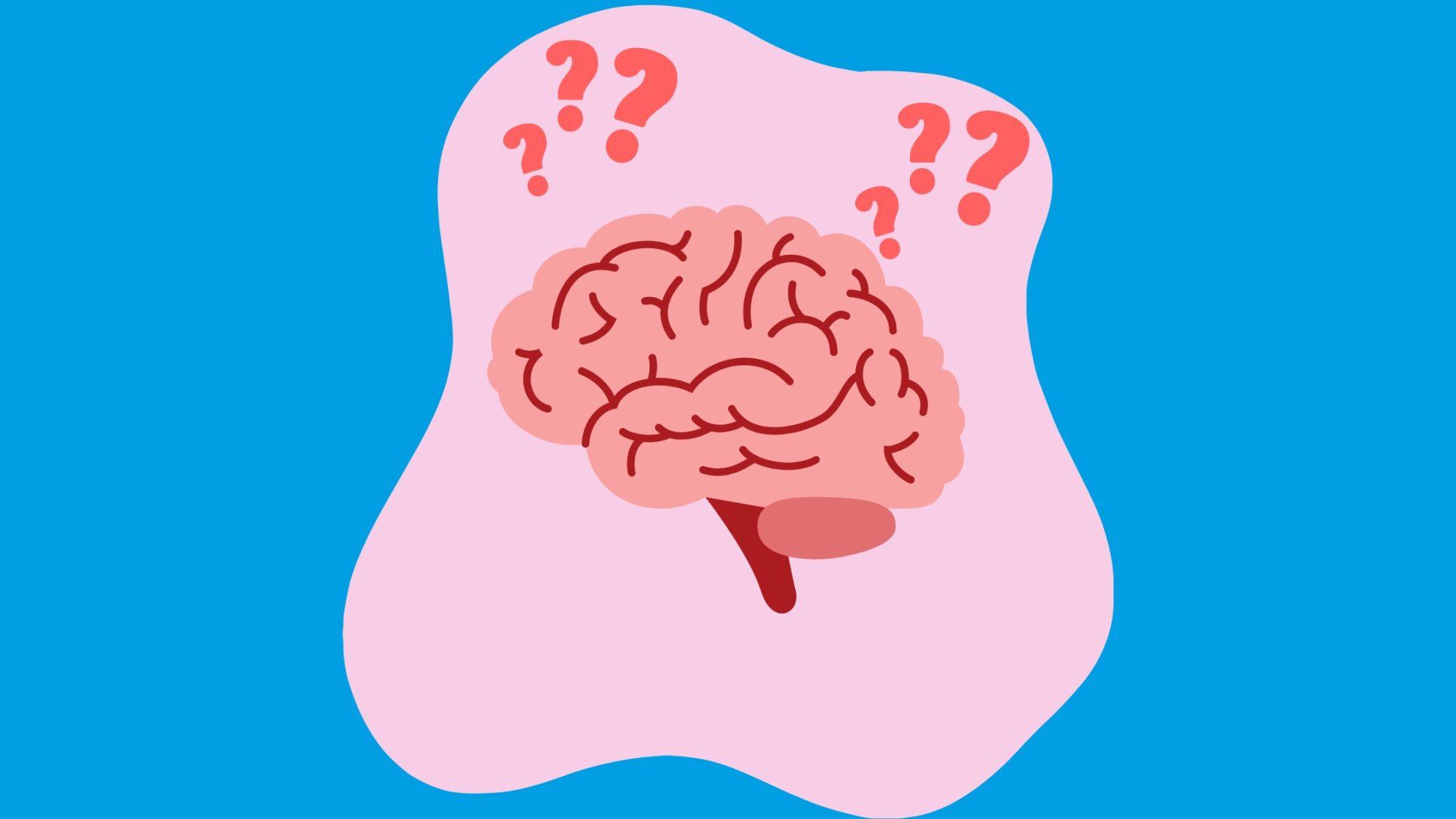In the United Kingdom, a 2019 study by the National Society for the Prevention of Cruelty to Children (NSPCC) estimated that 6% of children under 11 years old, 19% of those aged 11 to 17, and 25% of young adults aged 18 to 24 had experienced severe maltreatment during childhood.
Early childhood trauma encompasses deeply distressing experiences, such as abuse, neglect, or household dysfunction, that overwhelm a child’s ability to cope. Exposure to such adversity during formative years can significantly disrupt normal brain development, leading to long-term emotional, cognitive, and behavioural challenges.
This article delves into the effects of early trauma on the brain, focusing on key regions responsible for emotional regulation, memory, and decision-making. We will explore the biological mechanisms underlying trauma’s impact, examine the cognitive and emotional consequences, and discuss the long-term risks associated with early adversity. Finally, we will highlight the brain’s remarkable capacity for resilience and the interventions that can facilitate recovery in affected children.
Understanding Trauma and the Brain
When a child experiences trauma, the brain’s survival mechanisms are activated, releasing stress hormones like cortisol and adrenaline. While this response is adaptive in acute situations, prolonged exposure to trauma—referred to as toxic stress—keeps the brain in a heightened state of alertness, leading to enduring physiological changes.
Key Brain Regions Affected by Trauma
Amygdala: The Fear Centre The amygdala is crucial for detecting threats and initiating the body’s fight-or-flight response. In children who have experienced trauma, the amygdala can become overactive, resulting in hypervigilance and heightened anxiety. This heightened sensitivity may cause them to perceive danger in benign situations, leading to emotional outbursts or social withdrawal.
Hippocampus: Memory and Learning Responsible for memory formation and learning, the hippocampus is particularly vulnerable to the effects of chronic stress. Elevated cortisol levels associated with prolonged trauma can impair the growth and function of the hippocampus, leading to difficulties in processing and recalling information. Consequently, affected children may struggle with learning, attention, and problem-solving tasks.
Prefrontal Cortex: Decision-Making and Impulse Control The prefrontal cortex governs executive functions such as emotion regulation, impulse control, and rational decision-making. Trauma can disrupt the development and functioning of this region, making it challenging for children to manage their emotions and behaviours. As a result, they may exhibit impulsivity, aggression, and difficulties in concentration.
The Impact of Toxic Stress
Toxic stress arises when a child endures prolonged adversity without adequate emotional support. This chronic activation of the stress response system can disrupt the architecture of the developing brain, increasing the risk of mental health disorders, cognitive impairments, and chronic health issues later in life. Understanding these neurological effects is essential for developing effective interventions to support affected children.
Early Childhood Trauma and Brain Development
The early years of life are a critical period for brain development, as billions of neural connections are formed, strengthened, or eliminated through a process called synaptic pruning. When a child experiences chronic trauma, this natural development is disrupted, leading to long-term alterations in brain function and structure.
Disruptions in Neural Pathways and Synaptic Pruning
During childhood, the brain adapts to its environment by reinforcing frequently used neural pathways and eliminating unused ones. For children in nurturing environments, this process supports cognitive growth, emotional regulation, and learning. However, in children exposed to trauma, the brain prioritizes survival mechanisms, reinforcing pathways associated with fear and hypervigilance while weakening those linked to emotional regulation and rational decision-making. This can lead to difficulties in processing emotions, problem-solving, and forming healthy relationships.
The Role of Cortisol in Brain Plasticity
Cortisol, the primary stress hormone, plays a significant role in the brain’s ability to adapt and form new connections (brain plasticity). Short-term increases in cortisol can help the body respond to threats, but prolonged exposure, as seen in children experiencing ongoing trauma, becomes toxic. High cortisol levels damage key areas of the brain, including the hippocampus (responsible for memory), amygdala (which governs fear responses), and prefrontal cortex (which controls impulse regulation). This damage can contribute to long-term emotional and cognitive difficulties.
Structural Differences in the Brains of Traumatized Children
Studies using brain imaging have shown that children who have experienced early trauma often have a smaller hippocampus and prefrontal cortex, while their amygdala is enlarged. These structural changes can explain why traumatized children may struggle with memory, impulse control, and emotional regulation. Compared to their peers who grow up in safe, nurturing environments, children who endure early trauma may have difficulty processing information, controlling their emotions, and responding appropriately to stress.
Effects on Emotional and Cognitive Functions
The brain changes associated with early trauma have profound effects on a child’s emotional and cognitive development. These effects can persist into adulthood if left unaddressed.
Emotional Impact
Difficulty Regulating Emotions: A well-regulated emotional system allows children to respond appropriately to different situations. However, children who have experienced early trauma often struggle with emotional regulation due to an overactive amygdala and underdeveloped prefrontal cortex. This can result in frequent mood swings, heightened emotional sensitivity, and difficulty calming down after distressing events.
Increased Risk of Anxiety, Depression, and Aggression: Chronic exposure to trauma significantly increases the likelihood of developing anxiety and depression. The brain remains in a heightened state of alertness, making it difficult for children to feel safe or secure. In some cases, this leads to aggression or oppositional behaviour, as the child may instinctively react to perceived threats with anger or defensiveness.
Cognitive Impact
Learning Difficulties and Memory Issues: The hippocampus, which is crucial for learning and memory, is often smaller in children who have experienced trauma. This can result in difficulties with concentration, information retention, and academic performance. These children may struggle in school, not because of a lack of intelligence, but because their brains are wired for survival rather than learning.
Impaired Executive Functioning and Decision-Making: The prefrontal cortex governs skills such as impulse control, problem-solving, and decision-making. In children exposed to trauma, this part of the brain is often underdeveloped, leading to impulsivity, difficulty focusing, and challenges in planning or organizing tasks. As a result, they may struggle with everyday decision-making and social interactions.
These emotional and cognitive difficulties highlight the profound impact of trauma on a child’s development. However, with early intervention and support, many of these effects can be mitigated.
Long-Term Consequences
The effects of early childhood trauma often extend well into adulthood, influencing mental health, relationships, and overall well-being. Without intervention, these consequences can shape a person’s life in profound ways.
Increased Risk of PTSD and Other Mental Health Disorders
Children who experience trauma are at a significantly higher risk of developing post-traumatic stress disorder (PTSD), anxiety, depression, and other mood disorders. Studies suggest that adults who experienced childhood adversity are more likely to suffer from persistent mental health challenges. The brain, having been conditioned to operate in a state of hypervigilance, continues to respond to perceived threats long after the traumatic events have passed, leading to heightened stress responses, intrusive memories, and emotional dysregulation.
Relationship Challenges and Attachment Issues
Early trauma can disrupt a child’s ability to form healthy attachments. Neglect or abuse in the early years may cause children to develop insecure attachment styles, making it difficult for them to trust others or form stable relationships in adulthood. Some may develop avoidance tendencies, pushing people away to protect themselves from potential harm, while others may exhibit anxious attachment, seeking constant reassurance in relationships. These patterns can affect friendships, romantic relationships, and even parent-child bonds later in life.
Higher Likelihood of Substance Abuse and Self-Destructive Behaviours
To cope with emotional pain and distress, many individuals who have experienced early trauma turn to substance use or engage in self-destructive behaviours. Research shows that adverse childhood experiences (ACEs) are strongly linked to higher rates of alcohol and drug dependency, risky behaviours, and even chronic health conditions. The impaired development of the prefrontal cortex, which helps regulate decision-making and impulse control, increases the likelihood of engaging in harmful coping mechanisms.
Despite these challenges, the brain has a remarkable ability to heal. The next section explores how recovery is possible through neuroplasticity, therapy, and supportive relationships.
Hope and Healing: The Brain’s Resilience
Although early trauma can have lasting effects, the brain is not permanently damaged. Thanks to neuroplasticity—the brain’s ability to reorganize and form new connections—healing is possible. With the right support, children and adults can develop healthier emotional responses, improve cognitive function, and rebuild trust in relationships.
The Role of Therapy
Several evidence-based therapies can help rewire the brain and reduce trauma’s impact:
- Trauma-Focused Cognitive Behavioural Therapy (TF-CBT): Helps children and adolescents process trauma and develop healthy coping strategies.
- Eye Movement Desensitization and Reprocessing (EMDR): A therapy that helps reprocess traumatic memories, reducing their emotional intensity.
- Mindfulness and Somatic Therapy: Practices such as meditation, yoga, and breathwork can help regulate the nervous system and reduce stress responses.
The Importance of Safe, Supportive Relationships
Healthy relationships are one of the most powerful tools for healing from trauma. A stable, nurturing caregiver can help a child rebuild trust and learn how to regulate emotions. Even in adulthood, supportive friendships and therapy can provide a foundation for emotional recovery.
Early Intervention Strategies
The sooner trauma is addressed, the better the outcomes. Schools, mental health professionals, and caregivers can play a critical role in identifying trauma early and providing interventions such as counselling, social-emotional learning programs, and safe, predictable environments.
While early trauma can have profound effects, it does not have to define a person’s future. With the right interventions and support, healing and resilience are possible.
To Sum it Up
Early childhood trauma has a profound impact on brain development, shaping how children process emotions, form relationships, and navigate the world around them. The disruption of key brain structures—such as the amygdala, hippocampus, and prefrontal cortex—can lead to difficulties with emotional regulation, cognitive function, and impulse control. As a result, children who experience trauma are at greater risk of developing mental health disorders, struggling with relationships, and engaging in self-destructive behaviours later in life.
However, despite these challenges, the brain has an incredible ability to heal. Neuroplasticity allows for new neural connections to form, and with the right interventions—such as trauma-focused therapy, supportive relationships, and structured environments—children can develop resilience and overcome adversity. The importance of early intervention cannot be overstated. Identifying and addressing trauma as early as possible can significantly reduce its long-term effects, helping children build healthier emotional and cognitive pathways.
By raising awareness, providing support, and ensuring that children have access to the resources they need, we can break the cycle of trauma and create a future where every child has the opportunity to thrive. Early intervention is not just beneficial—it is essential for fostering healthier individuals and stronger communities.







0 Comments